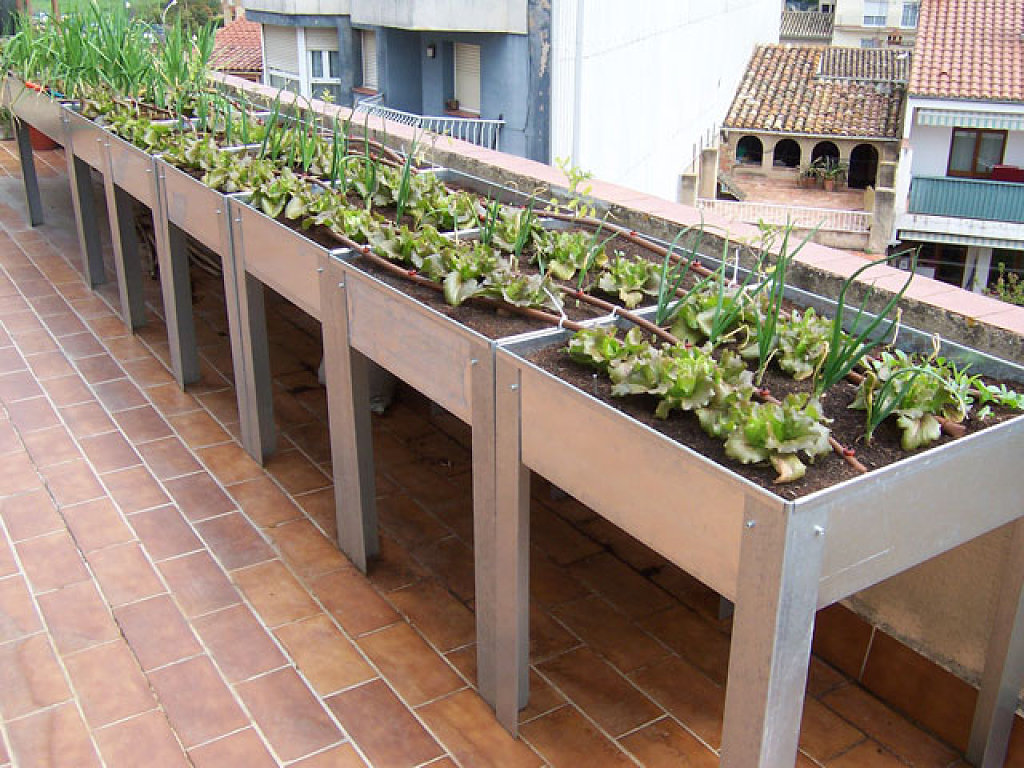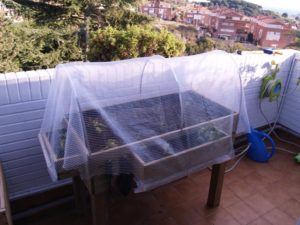

There are more and more people who opt for a healthy diet every day, they want to know what is the origin of the products they consume, especially vegetables, fruits and meat products. In that sense, and facing the impossibility of having a cultivation in a rural area, there’s this new trend of having urban cultivations on the balcony or terrace of an apartment inside a building.


Related article: Buying organic food in Barcelona
Before you start your “career” as a small-scale farmer you must get some tips on what table suits your balcony or terrace. You should also know that insects and birds will be attracted to your fruits and vegetables, which will have to remain protected from their “attacks” with grids, meshes, and special products (such as a homemade insecticide infusion of garlic). It is also important to use a good plant substrate and an organic fertilizer for the products we plant grow, flourish and have an intense flavor and provide us with vitamins. To all the advantages of having your own fruits and vegetables cultivation, you have to add the positive effect of urban gardens in the environment because they give off oxygen and absorb carbon dioxide.
Enjoy seeing the plants and fruits you’ve planted grow! It will be very rewarding for you and your family.
Looking for a new place to live? Let ShBarcelona help you with your search.
Barcelona’s Mediterranean climate, with increasingly warmer and longer summers, makes air conditioning an essential feature…
Maybe you're thinking about selling a property or you've just inherited one or more real…
Do you enjoy strolling among trees and plants, away from the hustle and bustle of…
If you are planning to move to Barcelona for a few months or permanently, one…
ShBarcelona establishes itself as the leading agency within the Apialia Eixample Group, reaffirming its position…
Are you going to visit Barcelona this 2025? The vibrant Catalan capital once again becomes…